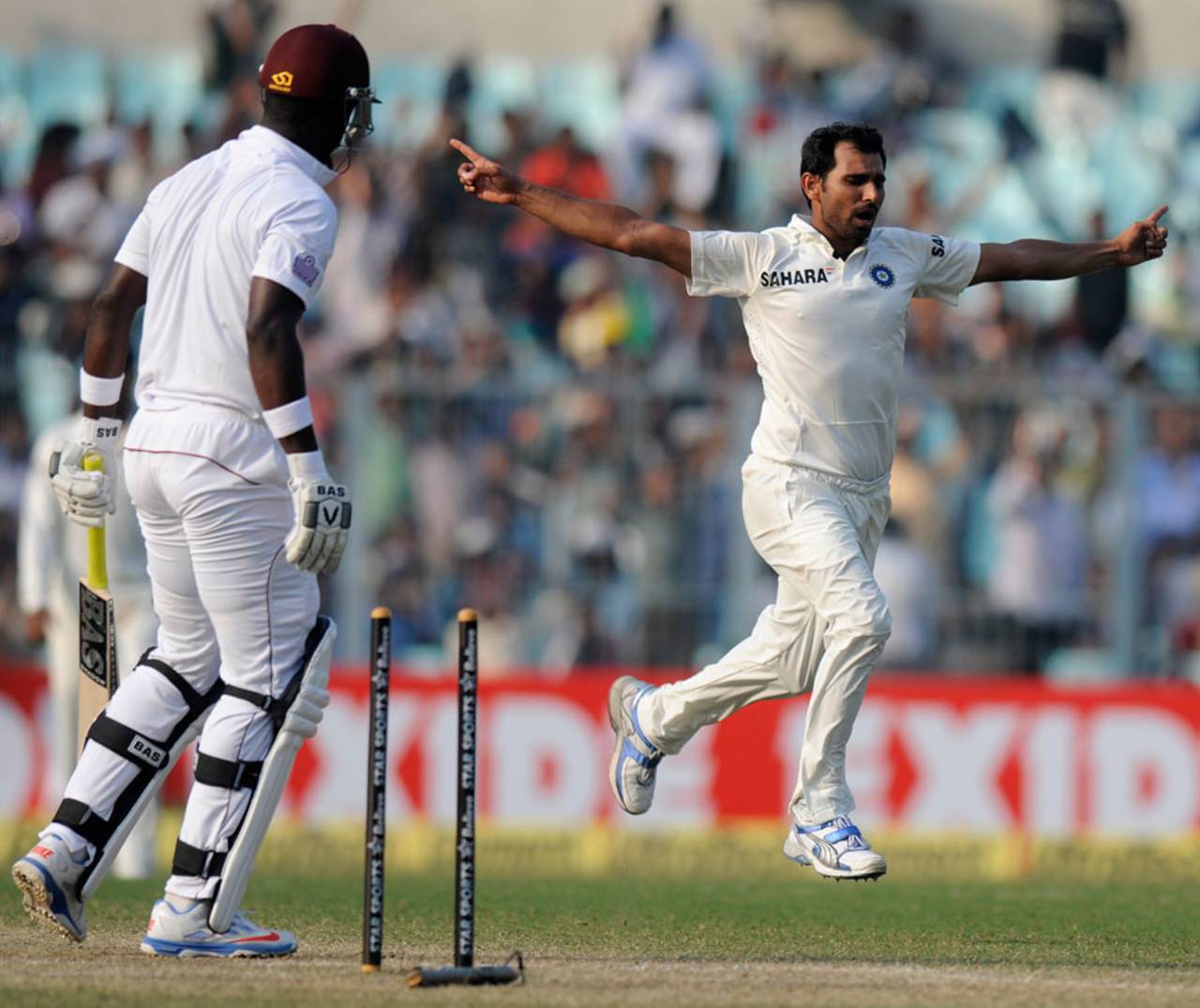2013: 17 wickets at 26.17 from 4 Tests | 30 wickets at 30.06 from 20 ODIs
One hundred and twenty-six players debuted in 2014. Sixty-three of them had already played international cricket in one of the other formats before the start of 2013. That took out the likes of Quinton de Kock, James Faulkner and Mitchell McClenaghan, who made stupendous ODI debuts in 2013 but peskily made their T20 international debuts in 2012.
Of the remaining 63 who got their first taste of international cricket in 2013, there were quite a few who promised a bright future. Ashton Agar won many a heart with his 98 from No. 11 at Trent Bridge. Hamish Rutherford, son of Ken, who bagged a pair on debut, hit 171 on debut, against England in Dunedin. It took Sohaib Maqsood nine innings to finally register a single-digit score. Kyle Abbott had a stunning Test debut, taking 7 for 29 in his only Test bowling effort in the year, and disappeared from the international scene. Corey Anderson made the fastest ODI hundred a day after 2013 ended.
Mohammed Shami, though, made all his debuts in 2013, got enough chances to play for India, and made a striking enough impact for ESPNcricinfo readers to vote him newcomer of the year.
He began the year with an analysis of
9-4-23-1 to facilitate a consolation win over Pakistan after the ODI series had been lost. He fully announced himself when he got his Test debut later in the year, taking four and five wickets in his
first two innings of Test cricket.
That Test debut, against West Indies, came at a ground he now calls home. It wasn't always so for Shami. Raised in Sahaspur in Uttar Pradesh, Shami showed his parents his skill at bowling in mud fields. There were no grounds, pitches or facilities in Sahaspur. Shami's father, Tousif Ali, though, didn't burden him with the pressure of earning money for the family, instead letting him pursue his cricket dream in Kolkata. The 16-year-old was skilled enough to get employment with clubs in Kolkata. He was skilled enough to hold his place in the Indian team.
The most striking aspect of Shami's bowling is the exceptionally upright seam he consistently manages, almost like in those Hawk-Eye simulations where the ball is always delivered with an upright seam. He also injected a much-needed dose of pace to the Indian attack. The accuracy, especially against left-hand batsmen, needs work, but the ingredients, as his captain MS Dhoni likes to say, are there.
"You need a bit of pace to dominate," Dhoni said of Shami. "You can get a bit of reverse swing, and he's got very good seam positioning, which means he can reverse the ball away from the right-hand batsmen. So on wickets that have a bit more bounce, I think he will be even more effective with the ball going both ways."
Against West Indies, Shami did it all with reverse swing. Eight of his nine victims in that Test were bowled, lbw or caught at short leg. The peculiar thing about these spells was that he was getting the ball to reverse from short of a length. If you didn't know how old the ball was, you would think he was actually seaming a new one back in.
You could argue that West Indies were complicit in this devastation - they didn't cut their backlifts short, nor did they try to bat out of their crease to counter the reverse swing, but Shami went to South Africa and looked like the likeliest Indian to take wickets. He showed his versatility in using the new ball effectively there.
In all, Shami took 30 ODI wickets in 2013, at an average of 30 and economy rate of 5.39. His 17 wickets in four Tests came at 26.17. Bigger tests will come in 2014. At the end of 2013, he looked the most suited to leading India's pace attack once Zaheer Khan is gone. Shami, however, will also know that he has reached a stage similar to those quite a few India quicks before him did. Some of them lost fitness, some focus, others effectiveness. In longevity lies Shami's biggest test.
Sidharth Monga is an assistant editor at ESPNcricinfo
